
A visual essay to explain some of the key te
Estimated reading time: 15 minutes
Graphics: DALLE3 / OpenAI
Other Credits: See End
On The Menu:
Here’s How To Read This Impact Story:
This page is one long continuation.
It Will Just Keep On Going (And Going)
Feel free to skip forward or backwards.
The content will follow your lead.
Expect a few interesting AI graphics.
It’s part of the impact experience!


Sorry To Be Predictable, But Let’s Start With A Definition … Of ‘Impact’
Here’s One (from the Impact Management Platform):
It adds that:
Some people also like to think about impact as a way of life!

I think that impact can even be considered part of one’s philosophy.
Here’s a wider definition I wrote:

Impact was originally thought of as an approach to investing.
But that’s really selling the idea short.
As we will shortly see, impact offers approaches to development aid too – suggestions for it to maximise the impact it has.
The desired endpoint of impact is often described as:

GSG Impact is a major advocacy organisation that pushes for the adoption of exactly this.
They Define An “Impact Economy” As
(Impact economy definition, GSG website)

Sir Ronald Cohen has spent the latter part of his career working in social finance and furthering impact investment.

His many achievements include inventing the impact bond (coming up later).
Sir Ronald (who usually asks to just be called ‘Ronnie’) often makes an interesting point:
It’s odd to think about today, but there was a time when measuring portfolio risk (or investing in startups) would have seemed like a moonshot idea

For that matter, so would the concept of requiring auditors to verify financial accounts
But with the benefit of hindsight, we can see how each of these dynamics has radically altered not only the face of finance but also our world – and for the better.
At the time, however, each of these ideas probably seemed … well, a little bit crazy




But in hindsight, it seems more crazy to think that there was a time when auditors weren’t required!
The financial industry didn’t measure risk because it didn’t want to.
It did so because risk measurement had not been invented yet and many considered it to be, frankly, impossible

Today, risk measurement is a discipline that sits at the intersection of finance and mathematics.
Portfolio managers use it to measure investment risk with a view to mitigating it and keeping it within determined parameters for their clients’ risk tolerance profiles.

Nobody claims that it’s perfect.
But its use is ubiquitous and its development is ongoing.
Today, financial professionals calculate risk-adjusted return
To balance the potential upside (profitability) against the risk of losing money on a bad investment
Ronnie says it’s time to introduce a third variable to the picture called impact which (if you read the homepage) you’d know is a very big idea that tries to get businesses to think about all the implications of their operations

Impact suggests that we all need to think about the impacts of what we do.
But especially businesses because the ramifications they have on the world are pretty huge.
Some History For Context (Just A Little!)
Impact was originally conceived of as a financial movement
You might have heard about investment approaches that seek to avoid doing harm such as socially responsible investment (SRI) or (more likely) ESG. These date all the way back to the 1960s. They’re not new.
This is still largely the case today. Companies have enormous effects upon the planet and the societies they interact with.
The “impacts” which companies have are usually broken into two main categories because these tend to encompass almost all of them: environmental and social
Environmental Impact

Social Impacts

As we’ll see a little later, we can break impacts down a little further into a four-part division, like this:
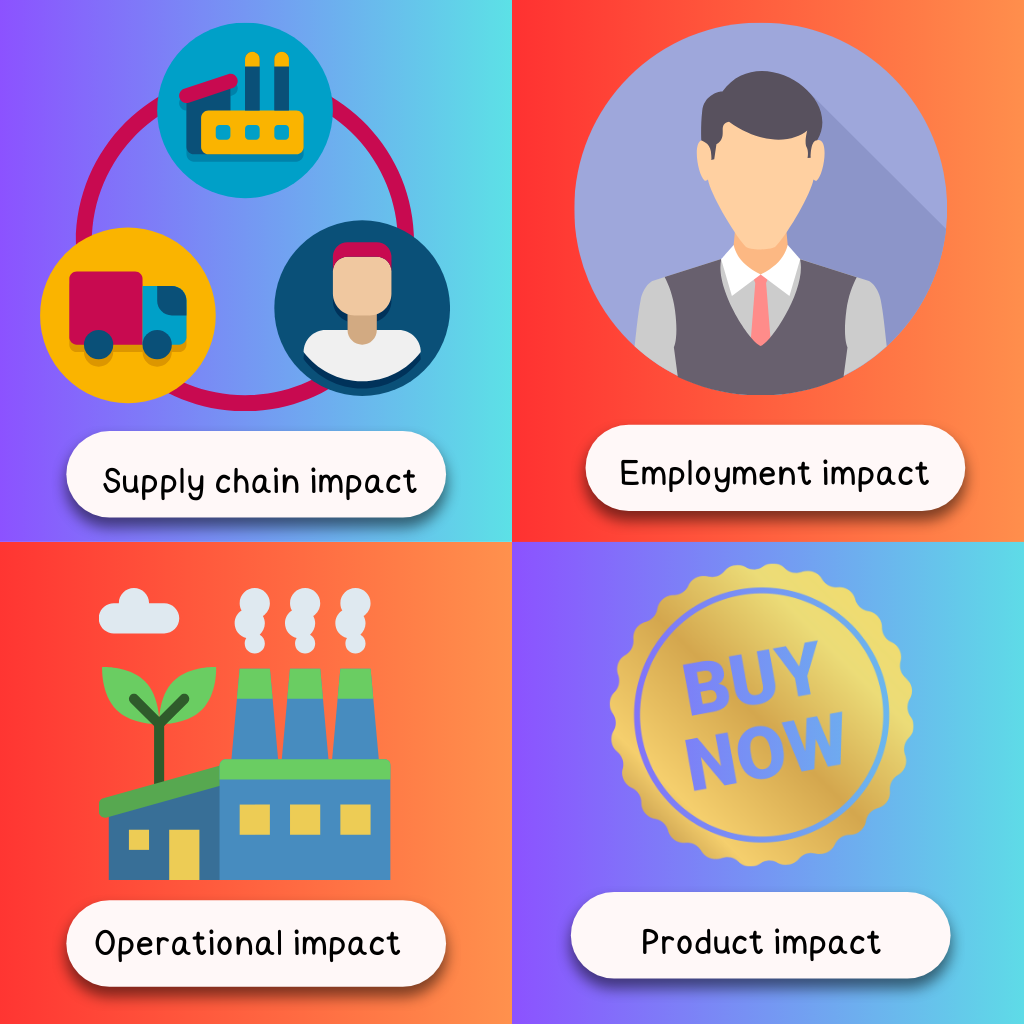
Let’s think through each of these for a few moments
What kind of people might be impacted by a company?
It’s Not Such A Short List!
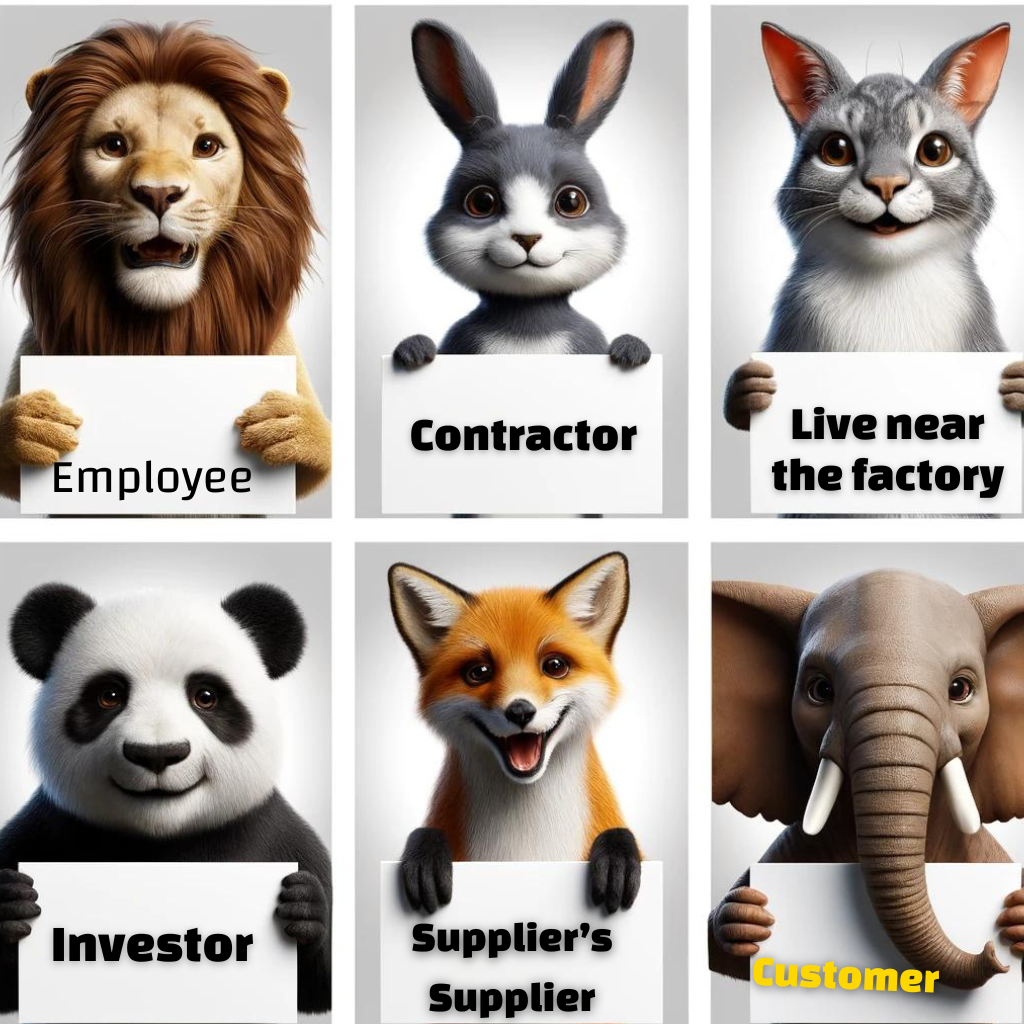
But a company’s employees are an obvious direct-effect group and can be affected in a multiplicity of ways by how a company chooses to conduct its business

Most countries compel employers to pay a minimum wage to employees.
But a minimum wage isn’t always enough to even subsist on. This is especially true in high-cost localities (which are often where jobs are concentrated)

To reflect this reality, some cities (including London, UK) have decided to adopt “living wages” separate from the national average.
We think that most impact advocates would applaud such an initiative. We certainly do!
The living wage is unlikely to meet the needs of many.
But it at least sets the bar a little higher and prevents some of the worst examples of what might be called “poverty pay”

Here’s an impact idea that shows how data and policy could work in sync
If we had access to living wage data for a locality and combined it with statutory tax filings we could compute what % of a company’s workforce is being paid below that living wage
Some good news: none of this is beyond the realm of possibility!
In fact, approaches to calculate living wage compliance are currently being proposed and consulted on!

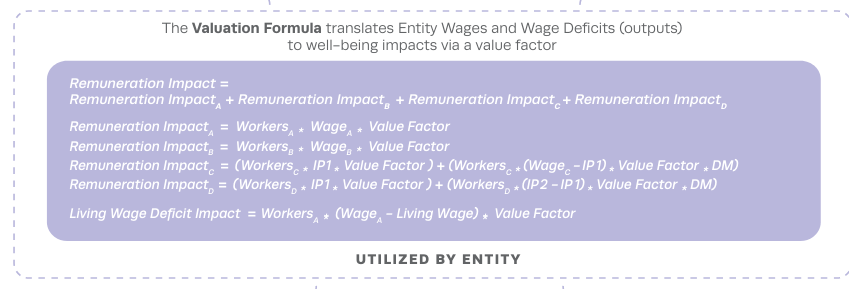
Here’s The Source:

The Exposure Draft was published by two organisations worth following:
There are lots more ways in which companies could affect the lives of their employees both for the better and for the worse.
Here are just a few of them:
Positive Impacts
Negative Impacts
But … What might change if we could quantify these impacts reliably?

For one, we could demand that they’re calculated in financial accounts
This would be one way to incentivise positive impact and create a deterrent against negative impact
We could use tax credits as a policy instrument: providing them at a higher rate to companies who are impact-positive
Vivien Lei in New Zealand won a Tax Policy Charity Scholarship for a proposal to integrate environmental impact into her country’s tax code
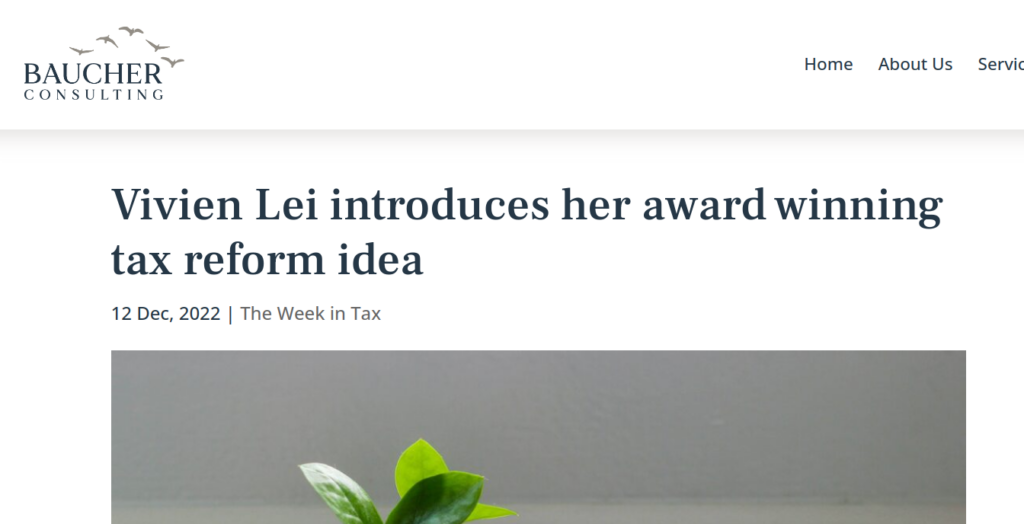
Impact-weighted accounting has proposed many framework suggestions, but the decision to require them or not is up to governments
If the data were made publicly available, however, it would create a powerful incentive for companies to not operative exploitative and discriminatory practices
And finally, let’s talk about:

If we take the mandate of impact to be improving the financial system for the betterment of the collective, there are a lot of ways it could help.
One particularly interesting method is through encouraging public-private partnerships.
Most people are used to thinking of private investors and governments as groups with totally opposing sets of interest:
Private investors are in it for their own selfish aims
Governments take care of things in the public interest, like keeping our roads safe and our cities clean.
It’s kind of an odd frame of reference when you think about it:
Capitalists are encouraged to think selfishly to create wealth (and jobs) and government is thought of as a kind of “fixer” to come in and clean up the mess

Impact says it would make more sense if capitalism took a wider lens and society reframed how it conceived of value creation.
It says:
Instead of thinking about value creation in selfish terms (how much money can I make?), let’s consider value to be created only when it’s created for the collective.
And instead of thinking about public and private capital as strictly firewalled, let’s think about how we might be able to get them to work together to achieve the common good:
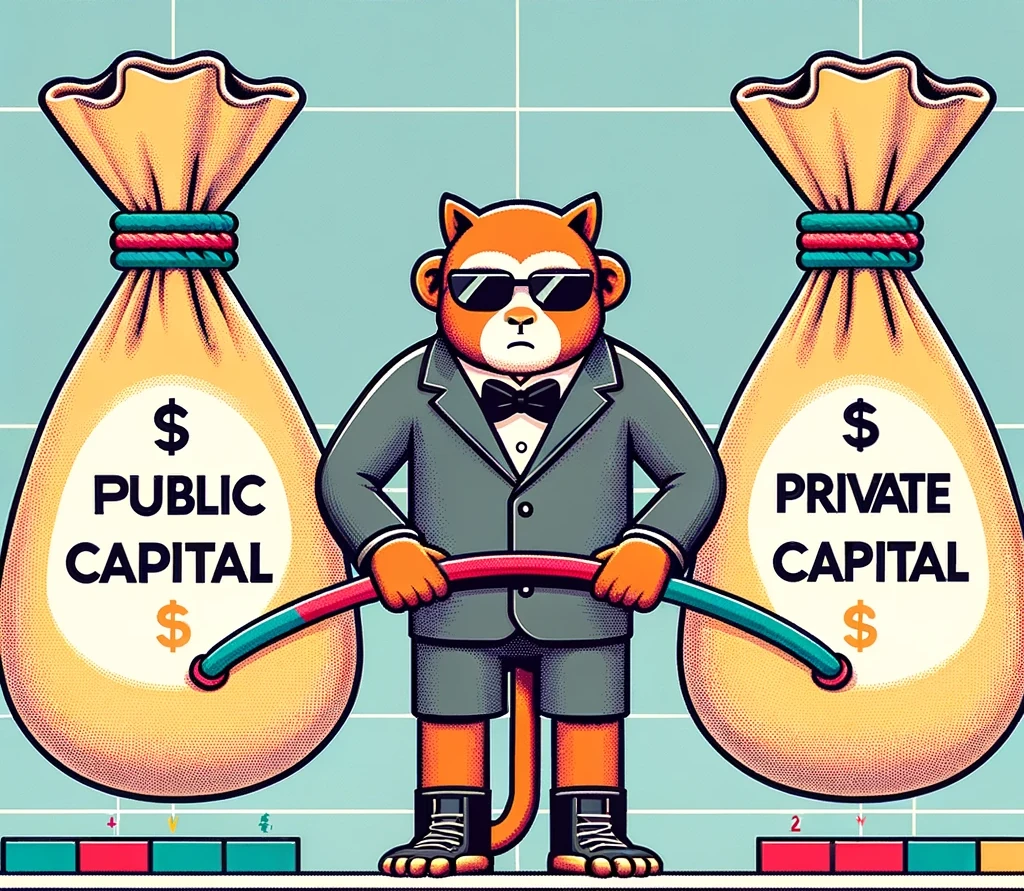
There’s a compelling reason to do this.
Even taken together with philanthropy, government money isn’t enough to solve challenges that are growing by the year.
Things like climate change are moving targets that require significant resources to tackle.
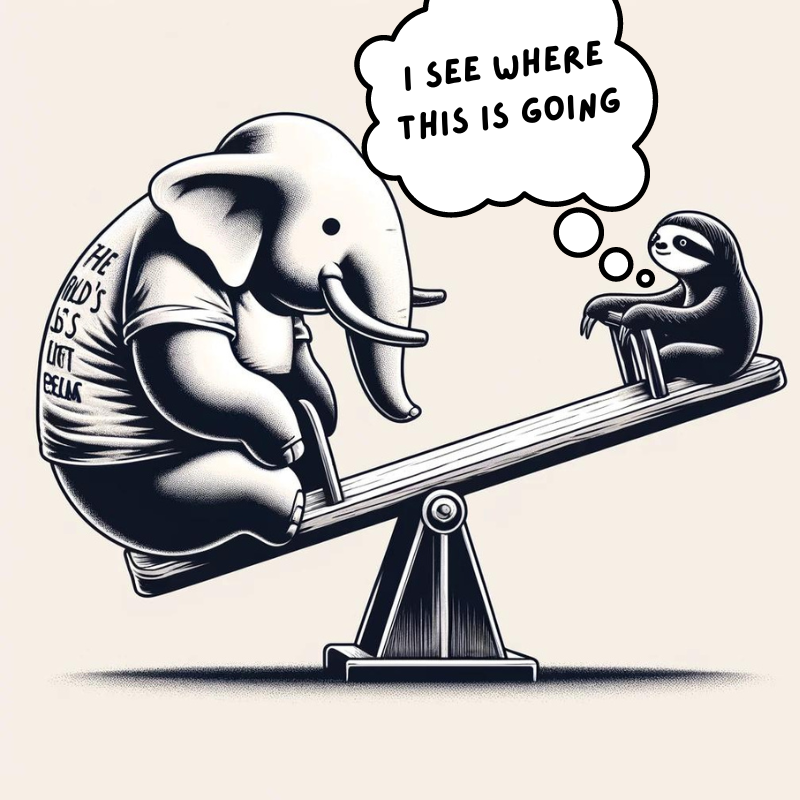
Some Ideas To Bring These Groups Together
Impact has proposed various ways for governments and impact investors to work in unison by creating mechanisms that devise the right incentives for these different groups.
As we have seen, this allows more capital to work towards achieving social and environmental good rather than purely trying to make a risk-adjusted return.

The Invention Of The Impact Bond

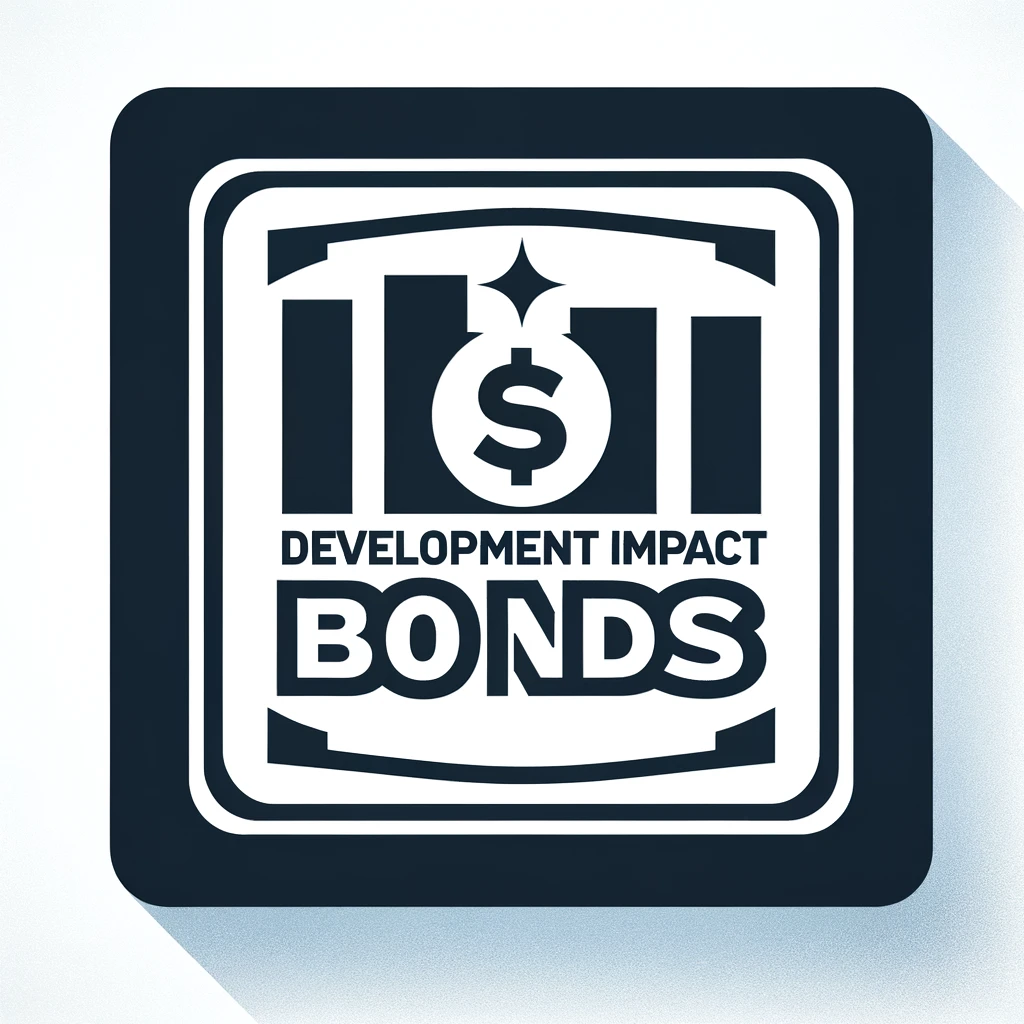
These two methods were called social impact bonds (SIBs) and development impact bonds (DIBs)
The difference between the two involves who the ‘outcomes payer’ is and other impact bond variants exist (but that’s for another day)
One issue with getting impact bonds up to scale (and other impact finance approaches) is that they require a lot of parties to come together afresh every time to create one.

In particular, somebody has to agree to act as the ‘outcomes payer’ (commissioner) – paying for outcomes as they are achieved.
For governments and government agencies (who are typically expected to fulfil this role), this requires thinking about alternatives to traditional budgeting practices which allocate money on a yearly cycle.
Unfortunately, the incentives to do things differently are often just not there.
Politicians are incentivised by election cycles.
Civil servants may like the idea but they have no incentive for getting sign-off from superiors on novel ways of using public money.

Impact doesn’t argue that all government interventions should be delivered as impact bonds. Academics studying impact bonds have outlined situations in which impact bonds aren’t the best fit.
But many think that they’re worthy of more consideration than they’re getting.
Understanding the humans in the decision-making process is important to understanding why.
An impact bond pitfall:
Projects may be almost good to go but … not quite
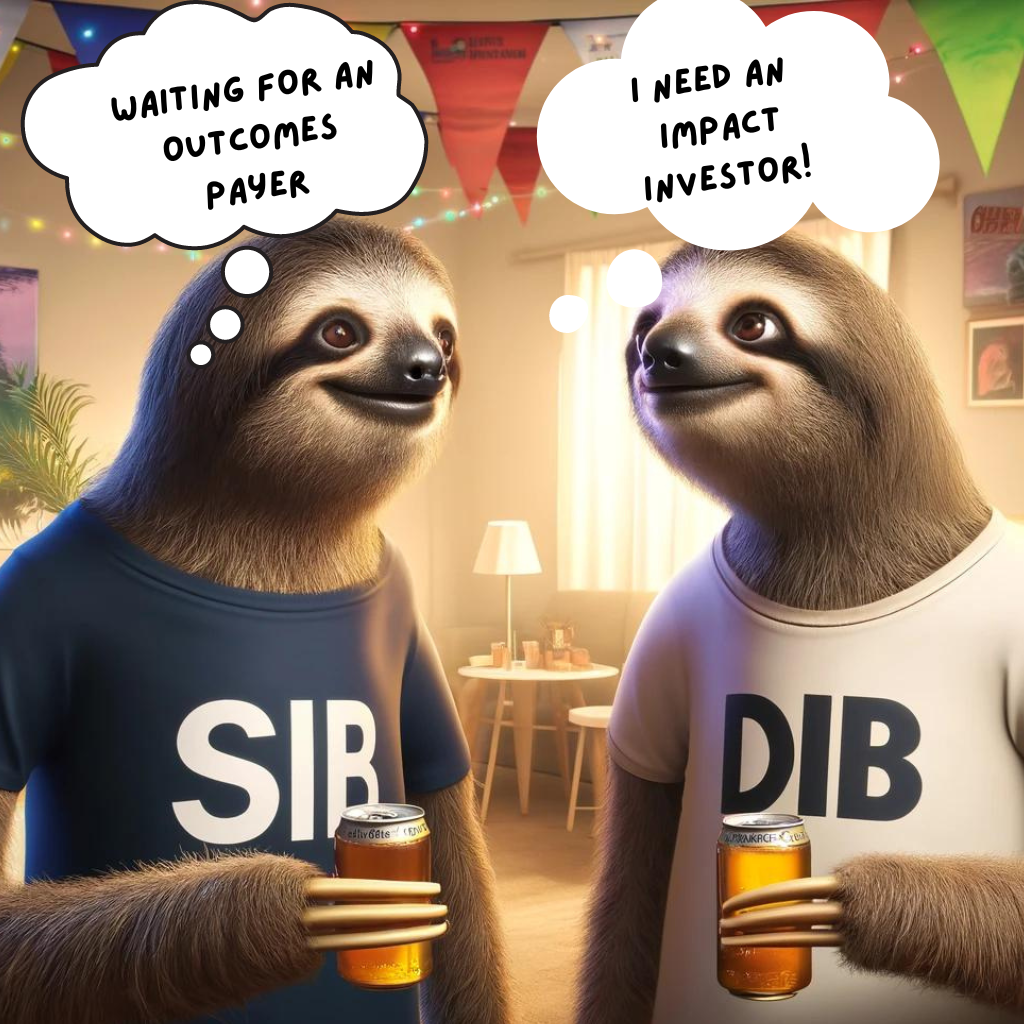
This is why many think that outcomes funds could really help take impact bonds and other outcomes-based financing mechanisms to scale
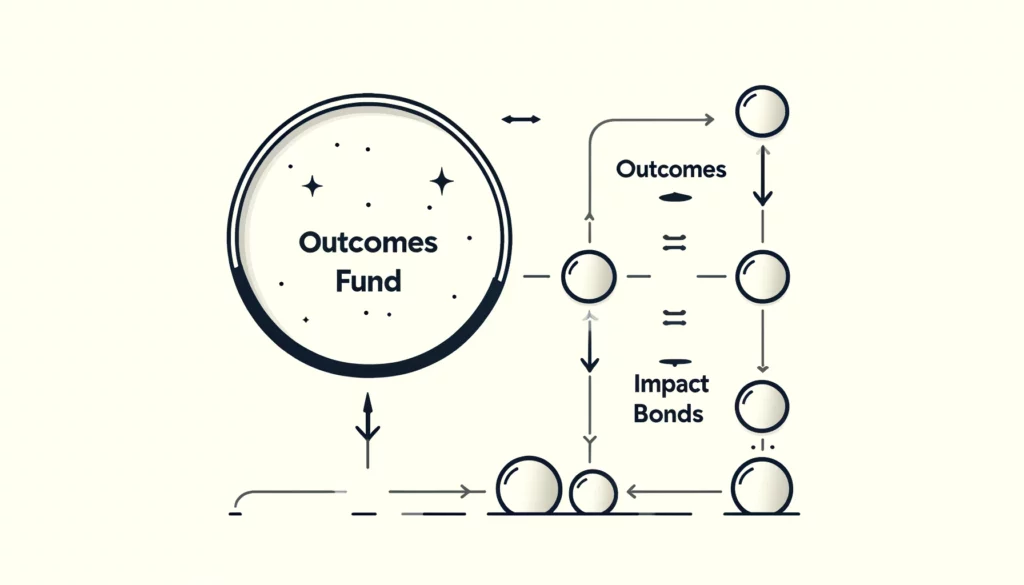
Outcomes funds take care of gathering together money that governments and others earmark for specific protects.
They’re also often open to the participation of impact investors, maximising the number of stakeholders that can participate in them.
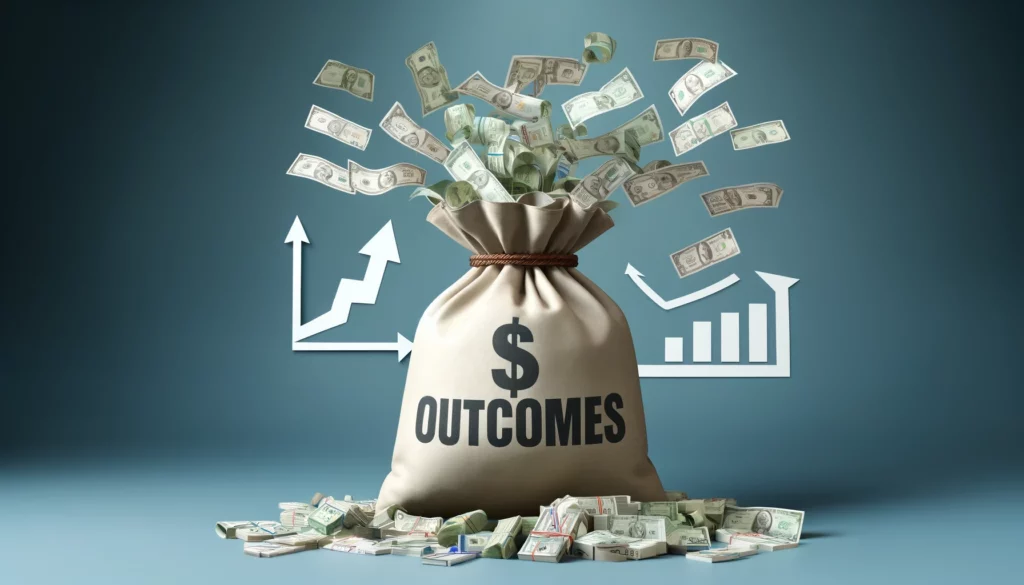
They’re kind of like wholesalers of charitable money.
In fact, an “impact wholesaler” is a real term.

The terminology is a little confusing, we think.
Outcomes funds sounds like (for-profit) investment funds but they’re completely different animals.
Outcomes funds are established just so that there’s a professional organisation managing the money going towards (typically) aid challenges. Their goal isn’t making money it’s giving it away.

Investment Funds
For-profit investment vehicles
For instance mutual funds. For-profit investment vehicles that make it easy to get access to a diversified portfolio of equities
Outcomes Funds
Mechanisms for aid delivery
Outcomes funds are mechanisms for gathering together money to give it away. They’re used by governments and philanthropists to focus capital on specific aid challenges.
Outcomes Funds are important for many reasons.
But one of them is how they fit into the jigsaw puzzle of trying to get as much finance as possible into achieving good for the world.
Outcomes funds allow the creation of large pools of capital that are ready to fund lots of individual projects.
Outcomes funds can gather money from both governments, donors, and multilateral development agencies … and put all the money into one big pool that can be used for lots of individual projects.
This approach can greatly speed up (catalyse) the roll-out of development finance projects.
Pay For Success (PFS)
Pay for success (PFS) is a funding approach in which governments (or multilateral aid organisations) pay for successful outcomes rather than funding inputs.
Traditionally, government earmark budgets for service delivery (pay for delivery).
But this is challenging. There are lots of potential service providers and often it’s difficult (if not impossible) for those commissioning projects to know how to spend taxypayer money as effectively as possible – to maximise impact.
PFS suggests a different mechanism whereby those funding services agree to pay for specific outcomes (like a child educated in a country in Africa). The idea behind PFS is that it can maximise the impact which limited resources achieve.
There’s lots more to be said, of course, but we’ll keep those for future posts.

Thank You For Reading!



